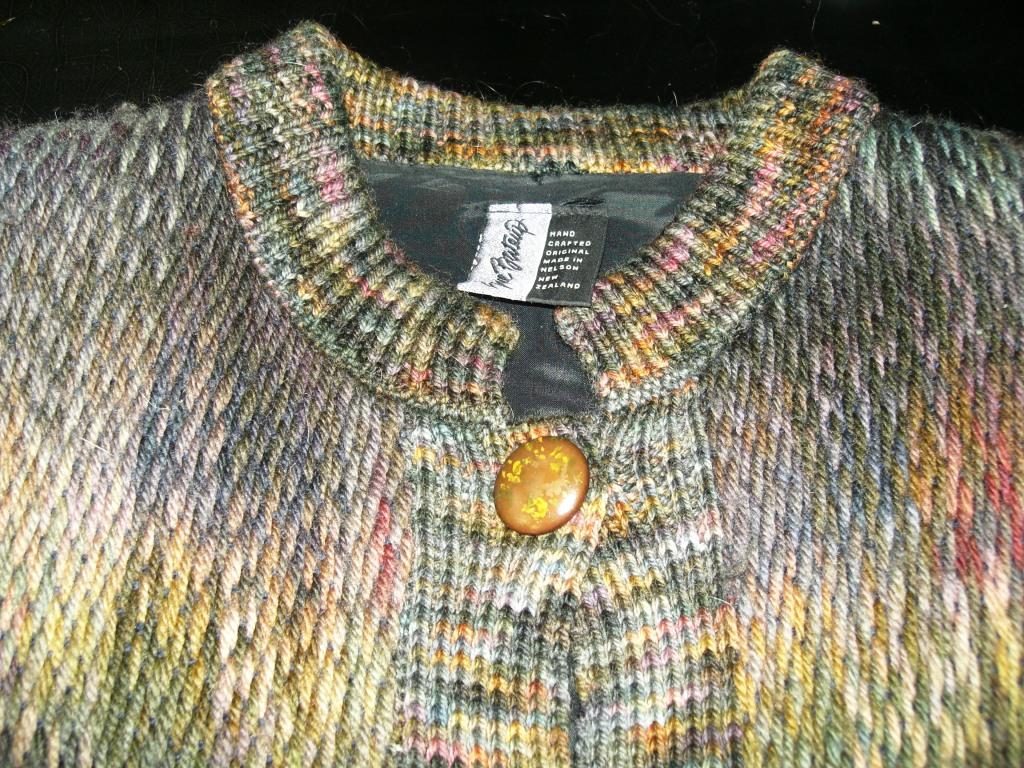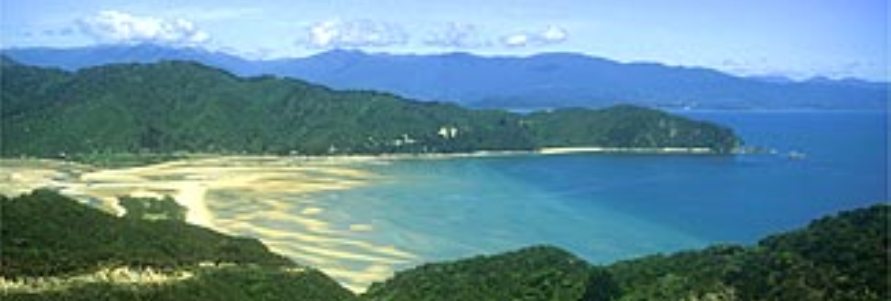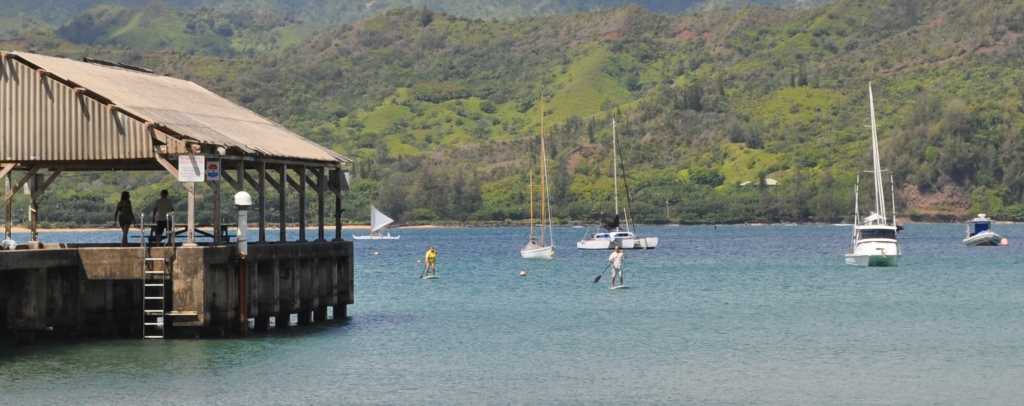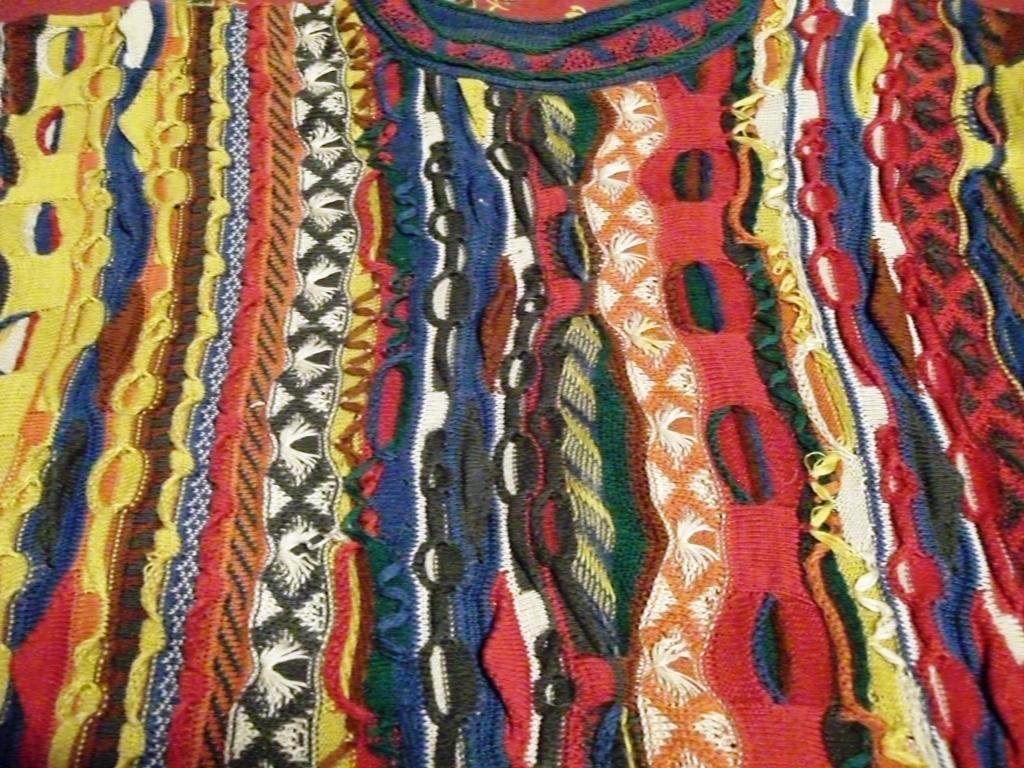I have a thing for the color green, and I have a thing for jade, so New Zealand — Aotearoa, to its indigenous Maori population — was not an especially good place for me to take my wallet out for a walk. Come to think of it, my wallet should have been left behind when I went window shopping (so I thought) in Nelson (arts and crafts), in Wellington (sweaters and woolens), and Taupo (Maori carvings in a local crafts market). Oh, and wine shops everywhere.
In Your Bucket Because….
- The quality is high and the prices are reasonable.
- Some of the items are one-of a kind, and you can buy directly from artisans.
- Good for lovers of hand-crafted work. Or good wine.
New Zealand Jade or Greenstone
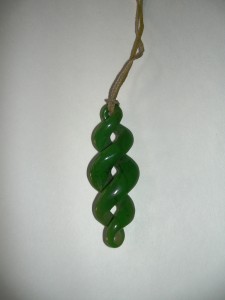
My eyes are attracted to the New Zealand Pounamou known as “greenstone” as iron is to a magnet. Pounamou is a kind of nephrite jade that is found only on New Zealand’s South Island. Ranging from the color of grass to a deep pine green, it was important in Maori culture and was, and is, used to make weapons, carvings, and jewelry. It has become a traditional New Zealand gift.
Jade pendants and carvings can range in price from a few dollars to a few hundred dollars. Pendants can be simple tear drop shapes or complex miniature sculptures. I have one in each category — a simple tear drop that cost less than $20 and a swirled carving that cost quite a bit more — and I’m not sure which is my favorite. So don’t let a low budget stop you from finding something terrific.
Artwork and Crafts
For unique artisan items, head to Nelson, on the north end of the South Island. The region around Nelson is home to more than 300 crafters, with studios popping up everywhere you look. Nelson is a funky town with a bohemian feel, and a great place to spend a shopping day. The city puts out a guide to artisan’s studios (available at hotels and in shops). The modest downtown is easily walked in a day, and you can design your own tour according to your interests, stopping to browse and talk to the crafters, who include potters, painters, weavers, glass blowers, beaders, and at least one bone carver. There are plenty of coffee shops and wine bars to stop and rest as you make your way around town.
Paua Shell
The paua (“pawa”) shell looks like an ordinary mollusk on the outside, but the inside reveals a world or iridescent colors, mostly green, turquoise, blue, and purple. It is found only on the New Zealand coast, and is used to make a variety of crafts, including in-laid shell jewelry.
Maori Carvings and Weapons
Maori weapons were traditionally made of wood, bone, or stone (often jade). While today’s weapons serve as decorative items, these traditional knives, swords, and spears once had a very functional use in warfare and hunting.
Carvings made for the tourist trade are often high-quality works of art, and can be found in wood, jade, and bone. They range in price from $50 to $500 (and sometimes much more, depending on the size, the artist, the craftsmanship, and the material).
New Zealand Sweaters and Wool Products
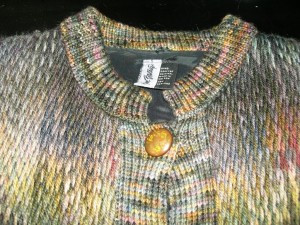
Raising sheep is one of New Zealand’s biggest industries. (Indeed, sheep outnumber people by about 12 to 1.) Wool products are available everywhere, either as high quality yarn, or in finished products: hats, sweaters, and scarves, or as sheepskins. This can be a practical purchase, especially if you get caught in some of the famously squally weather on the South Island. I bought a hand-woven sweater-jacket in Nelson at an artisan’s studio for about $100 US .
For an interesting twist on woolens, check out Koru Knitwear, which makes products out of 50% merino wool, 40% opossum fur, and 10% silk. It’s worth noting that, regardless of what you think about hunting and trapping, possums were introduced to New Zealand from Australia in 1837 and have since spread almost everywhere throughout the islands. They have no natural predators, and have become an ecosystem-threatening species because they eat the eggs of native birds — especially ground-nesting birds, which have no defenses against these introduced pests. Koru also makes contributions to New Zealand environmental causes.
New Zealand Wine
New Zealand wines are firmly entrenched in international markets. Wine is produced in ten very different agricultural regions on both islands. Among white wines, New Zealand’s Sauvignon Blanc is considered among the best, if not the best, in the world. In reds, Bordeaux blends of Cabernet Sauvignon and Merlot are successful, and New Zealand’s Pinot Noir is internationally renowned. Several other varietals and blends are produced here a well. Vineyard tours and tastings are available, and as always, are good places to pick up a bottle or two.
Practicalities
- Sharp greenstone carvings such as knives may be classified as weapons by airport security: pack them in checked luggage.
- Wine must be packed in checked luggage, as well.
